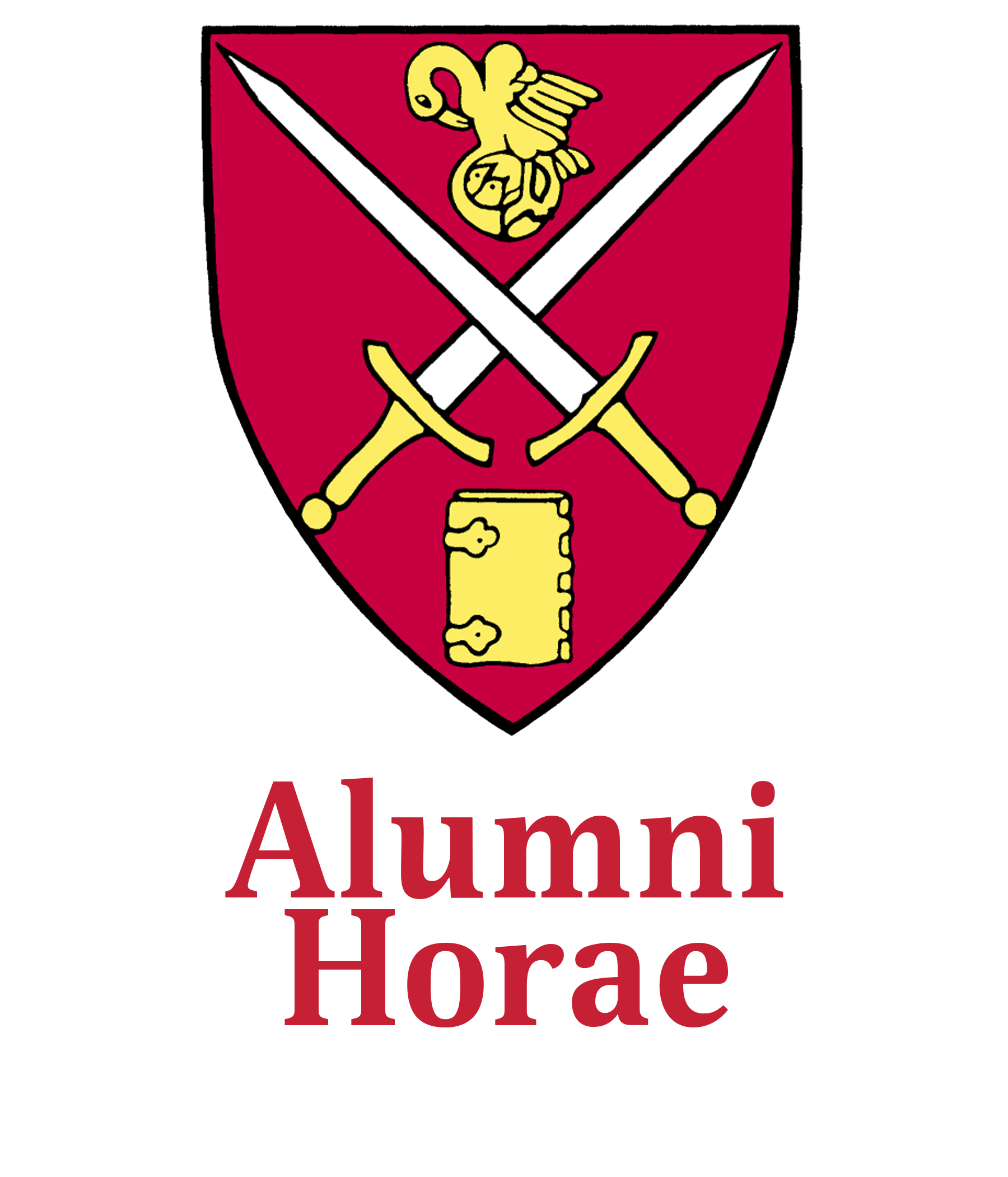Profile: Jade Thomas ’16, novice firefighter
Fighting Fire with Fire - Novice firefighter Jade Thomas ’16 learns the good, the bad, and the ugly of wildfires
Kim Thomas, the regional aircraft coordinator for the Northern Rockies, told her daughter, Jade ’16, that she could do anything she wanted with her life – except serve on a fire crew. But fire was in the proverbial blood of Jade, who just couldn’t seem to stop thinking about fighting blazes, wanting to do her share to stop the spread of unwanted wildfires into residential and commercial areas, while stoking “healthy fires” in areas of wilderness that promote regrowth.
Thomas spent much of her freshman year at Hamilton College searching for a job with a fire crew. The Montana native applied to “just about every station in the West.” Finally, after months of trying, she was offered a job with the Three Rivers Ranger Station on the northwest border of Montana and Canada in the Kootenai National Forest.
While most firefighters attend a full-year academy before meeting their first blaze, Thomas was hired on as a student fire professional, attending a weeklong guard school in Montana’s Yaak Wilderness to earn her red card, a basic firefighting license. There, she studied fire science, before spending two days in the field, where managers simulated fires to help the new recruits prepare for the real thing. Thomas learned how to deploy a fire shelter and memorized eight common firefighting rules. “They assess you on what you have learned in the classroom and on your reactions and decisions,” explains Thomas, who was one of three women on a 20-person crew. “We were learning how to throw hose and dig line and then they’d stop us and tell us how we could do it better.”
Not only did Thomas learn how to dig line around a fire, but she also discovered that the pace of firefighting is “hurry up and wait.” Her first assignment, a three-week stint in Prescott, Arizona, fighting the Goodwin Fire, tested her mental preparedness, since not much happened during her initial deployment. She learned that the most common way to fight fire is with fire itself – not by water suppression. She and her crew lit an entire mountain ablaze so the Goodwin Fire would meet up with its planned counterpart and the two infernos would burn one another out. She had a similar experience fighting the Gibralter Ridge fire in Eureka, Montana. The most arduous – and dangerous – work of the profession, Thomas says, is not the firefighting itself, but sawing logs and turning over trees to locate the last burning embers. Firefighters spend a great deal of time organizing the forest after a fire.
“Something I am fascinated by is the work fire scientists do,” says Thomas, who is majoring in environmental studies at Hamilton, with a focus on human interaction with the environment. “As soon as a fire starts, they assess the area and decide how and if they will suppress it. Fire is actually good for the environment when it is not threatening structures and emitting chemicals. There was a fire [in Montana] so high up in the mountains that fire officials let it burn because it will promote regrowth and clean things up. Fire, more often than not, is good.” In her first summer as a firefighter, which she plans to duplicate in 2018, Thomas also gained alternate perspective on the practice of thinning forests by cutting down trees – a no-no in the eyes of the most environmentally conscious. “I was with a crew of people who were adamant that [cutting down trees] is a method of prevention,” she says, “and if we don’t thin these areas in a completely healthy way, in a matter of time, summers may be so dry that they will ignite and burn entire states.”

